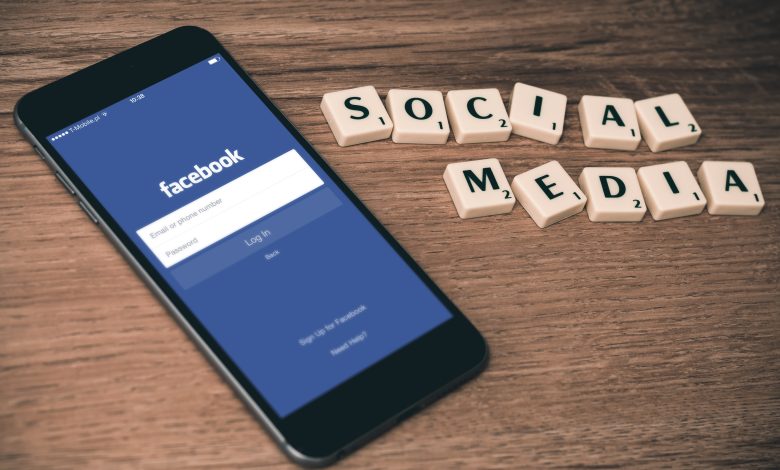Creating a Successful Facebook Strategy

This article discusses the importance of Facebook and how to define your strategy.
Brands big and small are using Facebook to reach their audience. Social media is a major part of online strategy now and Facebook likes and shares is key KPI of customer satisfaction and appreciation plus helps with your rankings.
However strategy is often loose and brands go into social media with unrealistic expectations and seem blinded by their own brand. The internet is not policed and people can say what the like thus people can encourage or warn against using your brand.
Facebook has millions of active user’s worldwide, internet users spend more time a day on Facebook then Google, Yahoo!, YouTube or Bing. Your brand must have a presence or risk being outmanoeuvred by key competitors.
People trust friends and family when making decisions about products and services and many people recommend brands that they are a fan of. This whole process goes on between consumers and brands can only do their best to make themselves more attractive – the power is in the hands of the consumer.
Here is a strategy to guide brands and define KPI’s:
Objectives?
Why are you creating a Facebook page? There are multiple reasons why a brand would wish to run a Facebook campaign:
- Increase brand awareness/ media attention
- Close gap on competitors or gain a competitive advantage over competitors
- Increase sales/revenue
- Drive traffic to your website
- Improve your SEO
- Increase brand “likes”
- Stimulate engagement
- Build consumer relationships
- Improve brand image
- Form of market research
Your objectives will define future actions and reactions.
What is success?
Each quarter define the number of likes and interaction (post views/ post comments) you wish to achieve. Next to these figures outline what you will be doing to achieve this – e.g. post 3 status updates a day/ competitions each month/ build new tabs. Dive into insights weekly to create reports and analyse figures to be reactive. Look at your most popular posts to get a feel of what your fans like and direct message your most active fans with competitions first.
These KPI’s should not be standalone but in line with business goals – is Facebook driving revenue? Is customer satisfaction higher because of engagement?
Outline your target demographic and do the research to understand them.
Understand yourself
Not all types of brands are successful on Facebook, the retail sector generally perform well whilst luxury hotels don’t.
What are you going to do for the customer/ fan?
Describe what the page will be providing to the fan so the user will know how to interact with the page. Detail your USP’s i.e. will you be proving deals, tips, news, multimedia etc. Also be clear what you expect from your fans i.e. language etc, its good practice to practice to post a terms of use policy. This all prevents negative sentiment when you remove posts and don’t provide the material the user thought was going to be there.
Only let fans post comments and don’t allow fans to post on the wall, upload photos or videos – rather have process to get sent the videos and filter appropriate videos.
Brand consistency
Ensure branding is cohesive and familiar as this helps you stand out from competitors and lock fans in who are fans of your brand on and offline.
Themes/ tabs and pictures will help you with your brand feel and set your entry point as the tab which you feel provides the strongest message/product/call to action.
Up to date
Very important, ensure your wall is updated frequently with fresh varying content. New visitors want to know the brand is present and existing customers need a reason to stay engaged. Make sure little content is about your actual product but rather informational or entertaining. Each quarter put together a content calendar and daily checklists.
Be real
Posts should be written in first person and informal. If you can get some dialogue between your brand and fans this creates deeper relationships and brand loyalty. Get admin’s to post from personal accounts and upload photos of staff so you can put a face to the name.
Create and get involved in discussions, also acknowledge and respond to comments (even negative ones!). Thank people for becoming fans and remember each time a fan comments on a brand Facebook, that interaction is being shared with all their friends.
Strong brand loyalty makes it easier to ask fans to like a wall post, share photos, videos and pages. A separate tab for competitions, polls, quizzes creates a scenario to invite friends also.
This makes the experience more of a social media than micro-site experience.
Biggest reasons for failure:
- Not setting KPI’s
- Unrealistic brand perception
- Weak call to actions
- Not updating the page frequently
Tips for engagement:
- Posts with 80 characters or less in length engage the user more– The longer the length of a post, the lesser the fans engage with it
- Engagement rates are higher for posts that used a full length URL– Even though URL shorteners help in reducing the character count of a status update, they are not legitimate as the user won’t be aware of what the final URL would be when they click on the shortened URL. For this purpose, usage of brand specific URL shorteners would be a better option
- Brands that posted outside of business have higher engagement rates – Posts which are sent out early morning, at the end of a working day or late at night have higher level of engagement.
- Fans connect more with ‘Event’ and ‘Winner’ as keywords for a promotion –Fans connect more with words such as ‘Event’, ‘Winner’, ‘Offer’, ‘New’ and ‘Win’.
- Posts with questions at the end get higher engagement rate –Fans are most likely to give a response to a question when the question is placed in the end rather than at the beginning or in the middle.
- Choice of words – ‘Where’, ‘When’, ‘Would’ and ‘Should’ type of post questions drive the most engagement. While, ‘Why’ type of questions get the least ‘Likes’ and comments.




